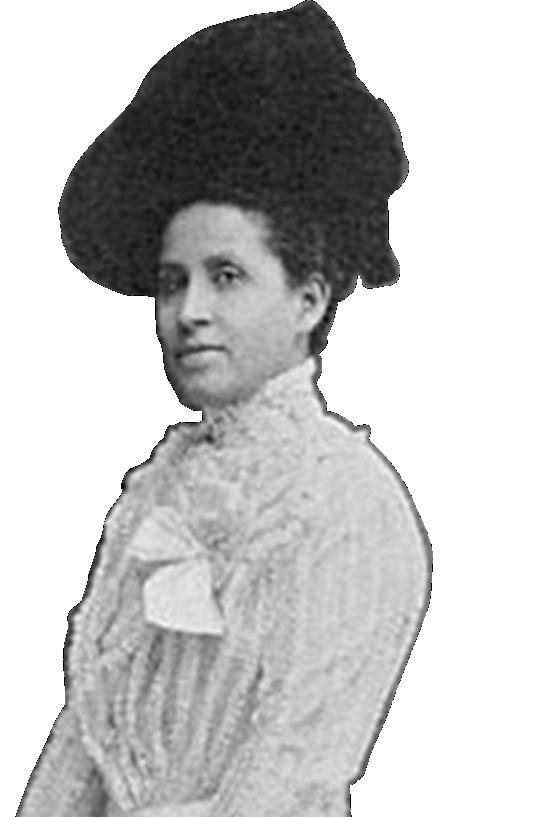
4 minute read
Forgotten Fighters
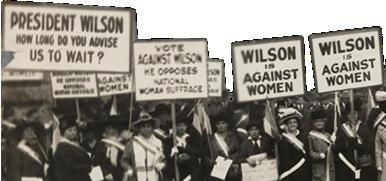
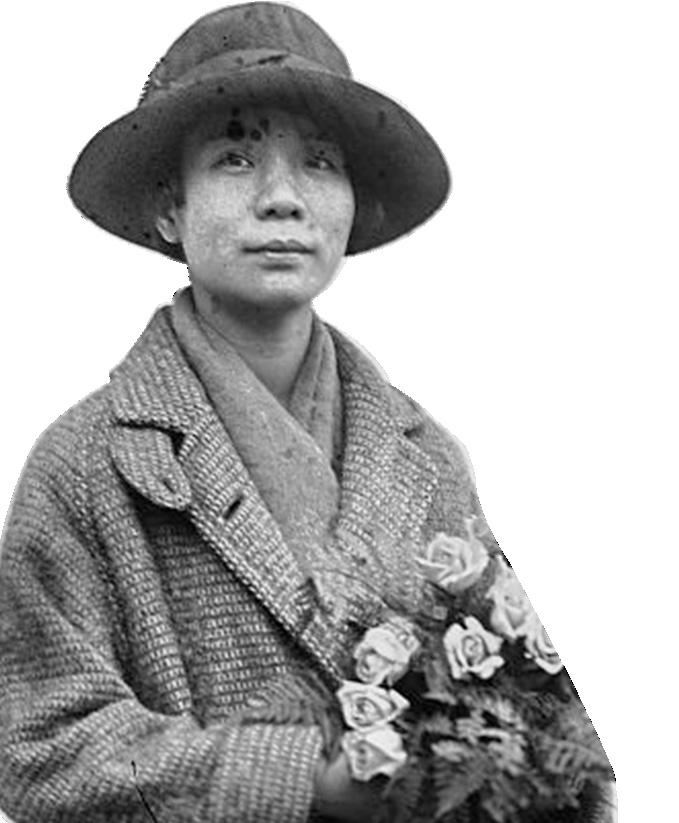
Advertisement
VOTESFORWOMEN VOTES WOMENFOR FORGOTTEN FORGOTTEN


Women of Color in the Suffrage Movement
While often times the history of women’s suffrage and the passing of the 19thAmendment, which allowed women the right to vote, is taught or at least brushed over in American history classes, they often focus on a few white women who helped lead the efforts, excluding the stories of many women of color who also worked tirelessly for years for the movement for gender equality. While there are many women this article will focus on the stories of Mary Church Terrell and Mabel Ping-Hua Lee.
Mary Church Terrell was born in 1863 free, to parents who had been enslaved. She was later accepted at Oberlin College, which was one of the first secondary schools to allow women and African Americans to enroll. While in school, she was invited to attend the inauguration of President Garfield, where she met Frederick Douglass, who inspired her to be an advocate for others. In 1884 she become one of the first Black women to earn a college degree another on her list of firsts. She had the ability to travel later returning to the United States where she co-founded and was the first president of the National Association of Colored Women. Mary wanted to be more active in the suffrage movement, so she joined the National American Woman Suffrage Association. She continued to live a legacy similar to Fredrick Douglass, speaking to large groups to advocate for gender and racial equality, inspiring countless women.
Mabel Ping-Hua Lee moved to New York City as a Chinese immigrant in 1905. Her father was a minister and an active member of their community, gaining Mabel popularity in the community. Mabel was known for her intellect, attending Erasmus Hall High School and later attending Barnard College, and Columbia University. She was inspired by the suffrage movement and was eager to get involved, pushing her mother to join too. In 1912 Mabel led thousands of Chinese immigrants and Chinese Americans, in what is believed to be one of the largest suffrage parades in the country’s history, on a white horse adorn in suffrage colors. Due to the Chinese Exclusion Act of 1882, Chinese immigrants including Mabel and her family were prevented from becoming citizens, and thus voting until 1943, over twenty years after the 19thamendment was passed. Mabel continued to fight for gender equality, especially in education.
FIGHTERS FIGHTERS
LGBTQ+ Women in the Suffrage Movement
For many who have entered a history class in the United States, women suffragists may have been brought up, but their sexuality was most often overlooked or not taught as an important part of their story. Now, more light is being brought to what fueled some suffragist at the time, which was a fight not only for the right the vote, but for equality in all facets of life, especially marriage and love. Prior to the 19th Amendment most married women voiced that their husbands voted for them and their family, which was a concept that didn’t apply to LGBTQ+ women at the time. They knew that by fighting for the amendment to pass, they were fighting for their chance to have a voice. Not all of the faces of the suffragist movement were a part of the LGBTQ+ movement but many were. This was due to their ability to be leaders in contrast to married straight women who needed to allocate more time to their families and housework.
Two suffragist leaders Carrie Chapman Catt and Dr. Anna Howard Shaw, who both served as president of the National Woman Suffrage Association, lives and experiences as LGBTQ+ women during the suffrage movement are now being told with more detail surrounding why the movement was so important to them. Carrie Chapman Catt survived two husbands and later had a romantic relationship with Mary Garrett Hay, a fellow suffragist, who she was buried next to upon their passing. Dr. Anna Howard Shaw had a long relationship with Lucy Anthony, the niece of popular suffragist Susan B. Anthony, despite a large age difference between the two. Shaw vowed to take care of Lucy, in which their story displays she did just that. Letters have also revealed Susan B. Anthony’s romantic relationships with women including Anna Elizabeth Dickinson and Emily Gross. The stories and findings of the many LGBTQ+ women of the suffragist movement have begun to illustrate the women in a much different light that most school textbooks have for years. The women in the movement have often been depicted as boring, when in reality they were rule breakers who demanded radical change. Many of these stand out women refused to marry and refused to pay taxes until they were granted the right to vote, among other requests.While many of the LGBTQ+ suffragist of the movement had to present more heteronormative stances at the time, their true stories are now being told to inspire a new generation of inclusive advocates for equality.
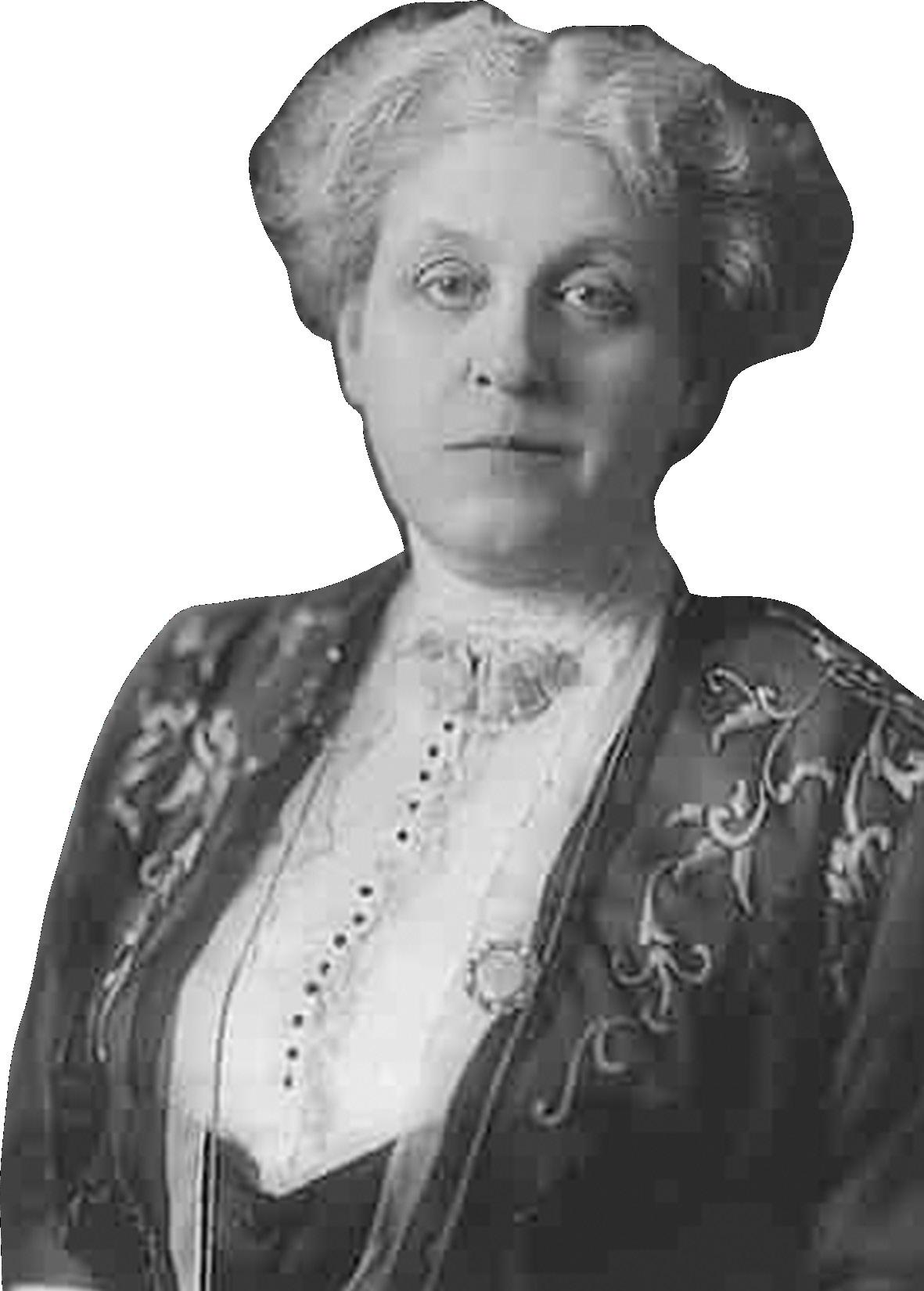
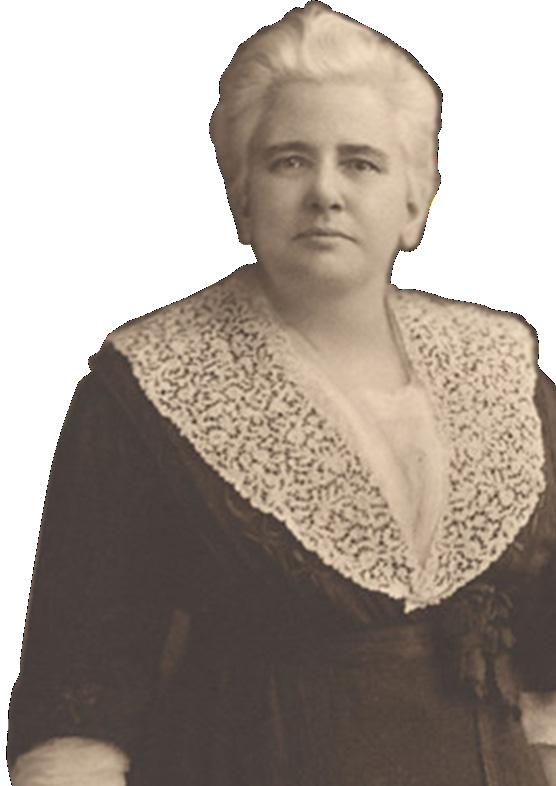

VOTESFORWOMEN VOTESFORWOMEN












